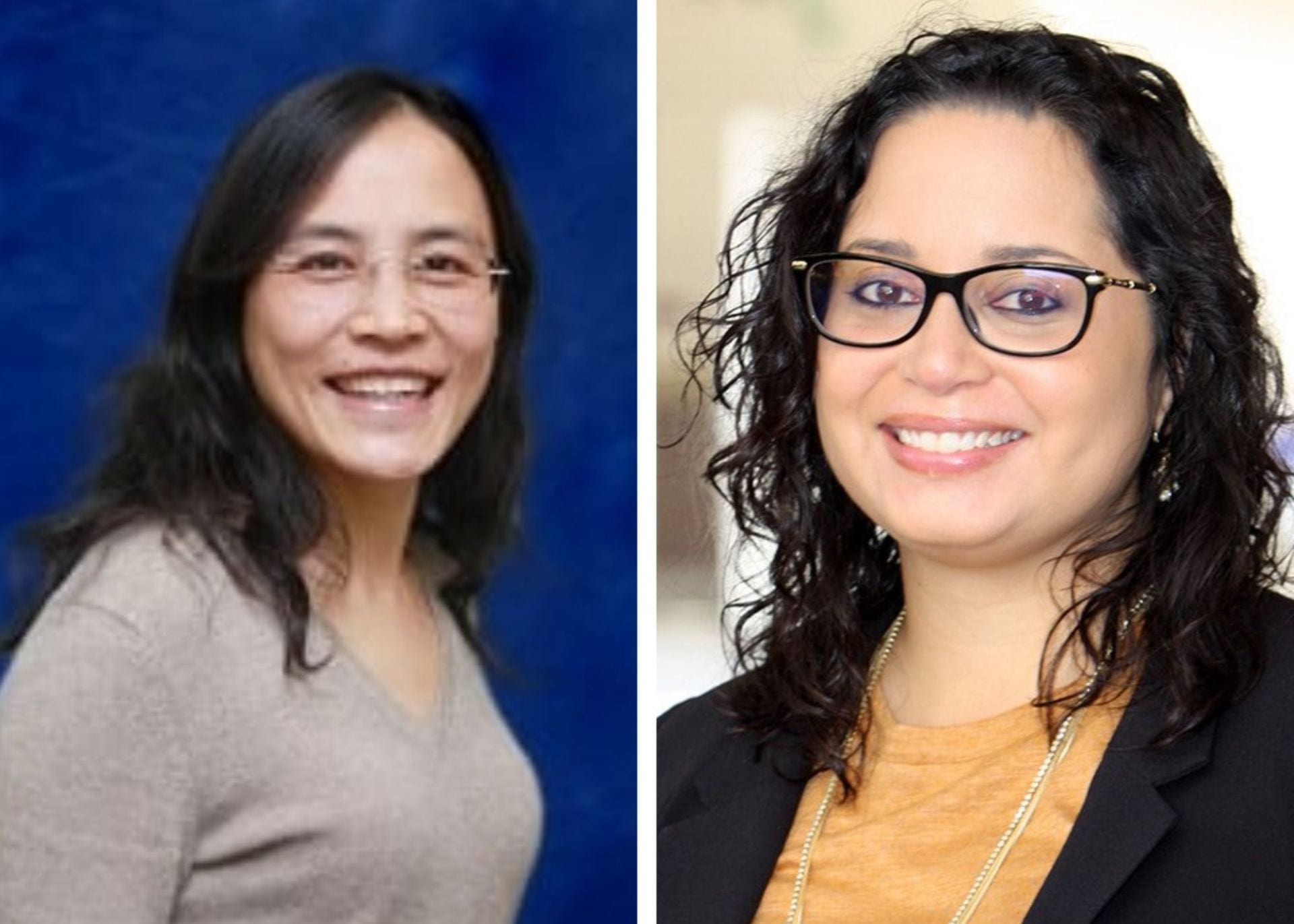UCI-led team develops transplant biomaterial that doesn't trigger immune response
Based on stem cell technology, platform can offer long-term treatment for Type 1 diabetes

Irvine, Calif., June 3, 2021 — A multidisciplinary research team led by Jonathan Lakey, Ph.D., professor of surgery and biomedical engineering at the University of California, Irvine, has developed a biomaterial for pancreatic islet transplants that doesn’t trigger the body’s immune response. Based on stem cell technology, hybrid alginate offers a possible long-term treatment for Type 1 diabetes, an autoimmune reaction that destroys pancreatic islets’ beta cells, which regulate blood glucose levels. According to the American Diabetes Association, nearly 1.6 million people in the U.S. are affected by the disorder.
This works builds on the “Edmonton protocol,” a method of pancreatic islet transplantation for treating Type 1 diabetes co-developed in Canada by Lakey that requires the chronic use of immunosuppression drugs. UCI’s hybrid AlgXO formulation releases exosomes derived from human umbilical cord mesenchymal stem cells, which suppress negative reactions to a foreign body, preventing rejection. Study results, published online in the journal Communications Biology, show that rat pancreatic islets contained in hybrid AlgXO microcapsules implanted in diabetic mouse models did not evoke an adverse response and regulated blood glucose for more than 180 days without the need for insulin or anti-rejection therapies.
“Dating back to the 1980s, islet transplantation within alginate microcapsules has been found to prolong the glycemic correction in diabetic rodents, but that promise has been limited by immune system attacks, which cause infections and other health complications that compromise long-term effectiveness. Our AlgXO biomaterial can blunt adverse immune responses, enabling implants to function for a much longer period of time,” said co-author Reza Mohammadi, who earned a doctorate in materials science and engineering at UCI last year while working in Lakey’s laboratory and is now a scientist at AbbVie.
The longevity and mechanics of local immunosuppression are key factors in determining the durability of transplanted cells, and this is especially true for xenografts, in which the donor and recipient are from different species. The hybrid AlgXO used in the study was designed to release mesenchymal stem cell exosomes in a controlled and sustained manner to reduce islet inflammation, which enabled long-term function of the rat-to-mouse islet xenografts.
“We propose that our hybrid AlgXO – with its measured release of exosomes derived from human umbilical cord MSCs – provides a promising new platform for cell transplantation by alleviating the immune response to implantable biomaterials,” said corresponding author Lakey, director of UCI’s clinical islet program.
Future studies will involve larger animal models to validate the hybrid AlgXO’s efficacy; if they’re successful, the biomaterial could then be applied in clinical trials with human patients. The research team included UCI colleagues in the schools of engineering, medicine, biological sciences and pharmacy & pharmaceutical sciences, as well as Paul de Vos, professor of immunoendocrinology at the Netherlands’ University of Groningen.
This project was funded by the Brownstein Family Fund, the Juvenile Diabetes Research Foundation International, a pilot grant from the Sue & Bill Gross Stem Cell Research Center, and a Jewel Foundation grant through a CHOC Children’s Hospital joint collaboration.
About the University of California, Irvine: Founded in 1965, UCI is the youngest member of the prestigious Association of American Universities and is ranked among the nation’s top 10 public universities by U.S. News & World Report. The campus has produced three Nobel laureates and is known for its academic achievement, premier research, innovation and anteater mascot. Led by Chancellor Howard Gillman, UCI has more than 36,000 students and offers 224 degree programs. It’s located in one of the world’s safest and most economically vibrant communities and is Orange County’s second-largest employer, contributing $7 billion annually to the local economy and $8 billion statewide. For more on UCI, visit www.uci.edu.
Media access: Radio programs/stations may, for a fee, use an on-campus ISDN line to interview UCI faculty and experts, subject to availability and university approval. For more UCI news, visit wp.communications.uci.edu. Additional resources for journalists may be found at communications.uci.edu/for-journalists.
About the UCI’s Brilliant Future campaign: Publicly launched on October 4, 2019, the Brilliant Future campaign aims to raise awareness and support for UCI. By engaging 75,000 alumni and garnering $2 billion in philanthropic investment, UCI seeks to reach new heights of excellence in student success, health and wellness, research and more. The School of Medicine plays a vital role in the success of the campaign. Learn more by visiting: https://brilliantfuture.uci.edu/uci-school-of-medicine/.


